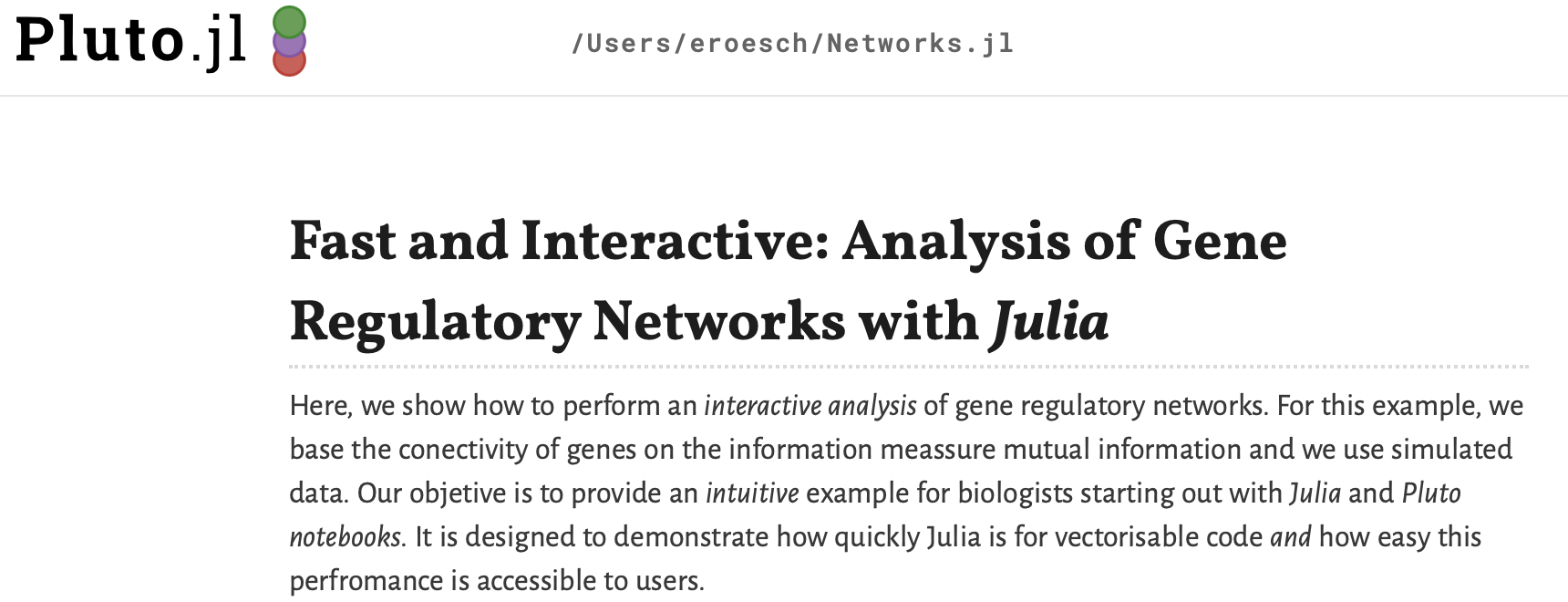Julia for Biologists
Increasing emphasis on data and quantitative methods in the biomedical sciences is making biological research more computational. Collecting, curating, processing, and analysing large genomic and imaging data sets poses major computational challenges, as does simulating larger and more realistic models in systems biology. Here we discuss how a relative newcomer among computer programming languages -- Julia -- is poised to meet the current and emerging demands in the computational biosciences, and beyond. Speed, flexibility, a thriving package ecosystem, and readability are major factors that make high-performance computing and data analysis available to an unprecedented degree to "gifted amateurs". We highlight how Julia's design is already enabling new ways of analysing biological data and systems, and we provide a, necessarily incomplete, list of resources that can facilitate the transition into the Julian way of computing.
PDF Abstract